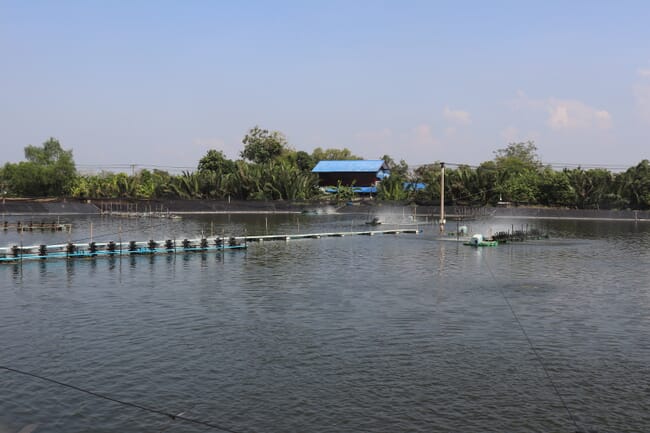
Using SFP’s Seafood Metrics will
allow Thai Union to continue to improve the monitoring, transparency and
traceability of its supply chains, as well as assess and monitor its global
wild and farmed supply chains used in its businesses in the EU, US and Asia.
Seafood Metrics aggregates and tracks information on governance quality, target
stock health, human rights risks, and environmental impacts in a company’s
source fisheries. Additional sustainability indicators, such as certifications,
Human Rights Risk Assessment, NGO ratings and traceability will be included in
the monitoring.
Other actions under the partnership will include a bycatch audit of Thai Union’s tuna supply chain. Bycatch, the unintended catch of non-target species, is one of the most significant issues affecting the biological sustainability of marine fisheries. By assessing the impact of the supply chains, the Company can then take further action.
The partnership with SFP will also allow Thai Union to continue and deepen its participation in the Ocean Disclosure Project (ODP), with supply chain and sustainability information to be made publicly available through the ODP platform.
“Thai Union is constantly exploring new opportunities to strengthen transparency across its entire operations, and our partnership with SFP is further evidence of that unwavering commitment,” said Adam Brennan, group director, sustainability at Thai Union, in a press release.
“A key element of this new partnership will be Thai Union’s ability to use SFP’s Seafood Metrics system, which helps businesses evaluate the sustainability of their seafood, understand the effectiveness of existing improvement efforts, and identify the most important priorities for improvements,” he added.




